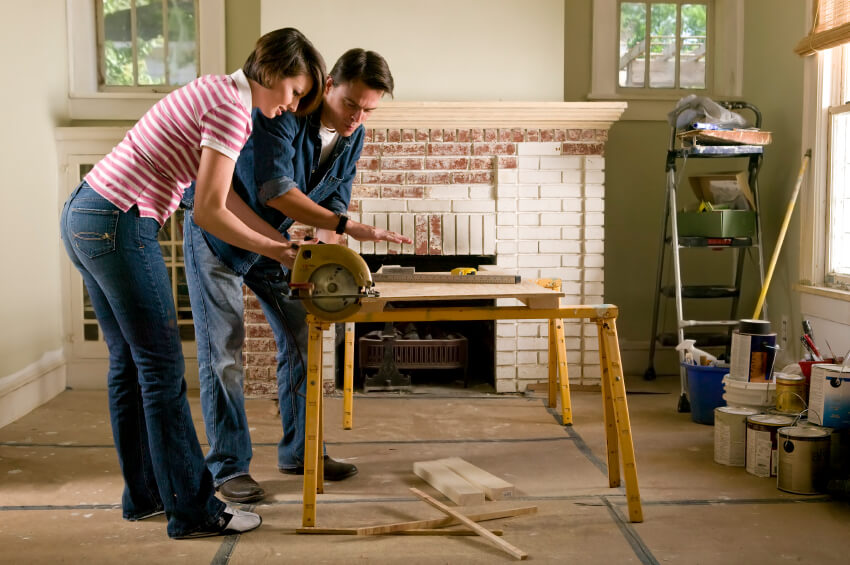From Guest Blogger Laura Williamson: Seven Eco-Friendly Tips For Making Your Home More Sustainable

Solar Panels
The most obvious solution to sustainability issues is the long-standing energy source that has kept life on this planet thriving for millions of years – the sun. Solar panels generate energy from direct sunlight alone, which makes them less reliable than coal-fired energy but much, much better for the environment. Installing these on your roof will not only reduce your energy bills and help to put some green energy back into the grid but will also help to show others that clean, green energy should be embraced and used openly.
Green Energy
Many energy companies have “green energy” plans available for those that want their power coming from solar power energy suppliers. These plans source their power from wind turbines and solar energy setups owned by the energy company, and they tend to cost a little more per bill, but you know that you’re doing your part to encourage the energy industry to change its ways.
Grey Water
Greywater usage is a bit of a complex system to set up, but in no time you’ll find yourself not only using less water but also using more products that have no long-lasting negative effects on the environment. Grey water refers to laundry water or dishwater that has had chemicals put through it, and usually, this water gets thrown down the drain and sent to water treatment plants before being washed out to sea. This is obviously a pretty poor way to treat otherwise usable water, so picking up green alternatives to your laundry and dishwashing detergents can allow you to use this water to water your garden and lawns instead. This saves water and reduces chemical output into oceans, which is a double win for the environment.
Yard Crops
Yard crops are a bit more of a modern idea, but since the “perfect lawn” has been the goal of many suburban homemakers for a while now, we have gotten used to a trimmed, short lawn as a normal thing. This space would house enough crops to regularly and reliably feed your family on organic fruit and veg, so getting into the idea of growing crops on your own soil at home should be encouraged and embraced to help to reduce the amount of fresh produce wastage generated by major supermarkets.
Compost
Compost is the best possible destination for your food leftovers, and your fruit and veg are the perfect candidates for worm food in your compost bin. Setting up a compost bin is easy, and the result of said bin is hugely beneficial super soil for your garden. Plants thrive in this compost, and it’s all produced with the waste you already generate by eating fruits and vegetables, so you lose nothing by starting a compost bin.
Thermal Mass
This is more of a “planning-stage of a home” kind of consideration point, but adding a naturally occurring thermal mass to your home to keep the temperature stable is a great way to stay cool in summer and warm in winter without using too much power. An old-fashioned example of this is to use dense stones to build a chimney in the middle of your home and keep a small fire running all winter. The stones heat up and maintain their heat with little-to-no energy from the fireplace, and that heat keeps your home warm until you extinguish the fire.
Energy Saving Bulbs
Finally, we have the suggestion that is the easiest to do on this list: power saving bulbs. Power saving bulbs are available from pretty much every place that sells bulbs and will last longer in your home. The only downside to these otherwise ideal light sources is that they cost slightly more than your average bulbs, but their use of LEDs makes them last longer, give off fewer emissions, and enable them to be effectively recycled.
With these tips, you’re well on your way to a better, more sustainable home.

